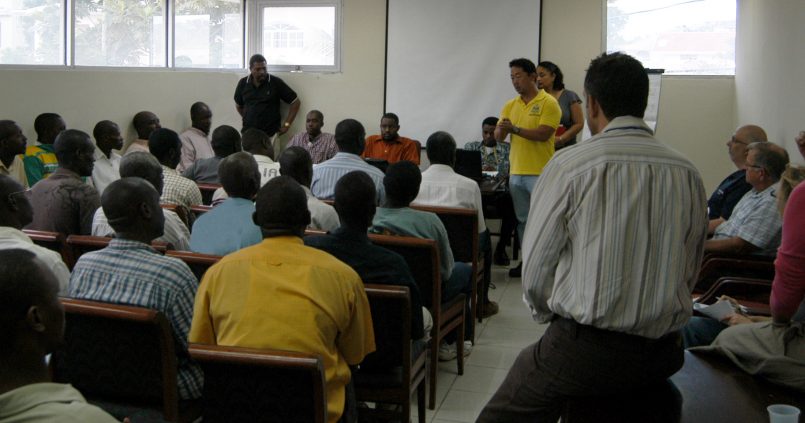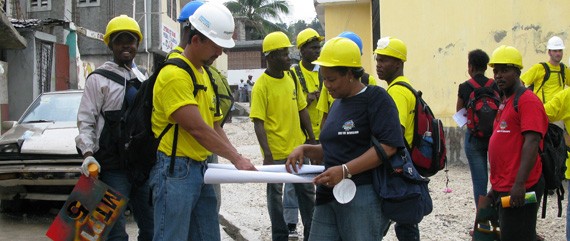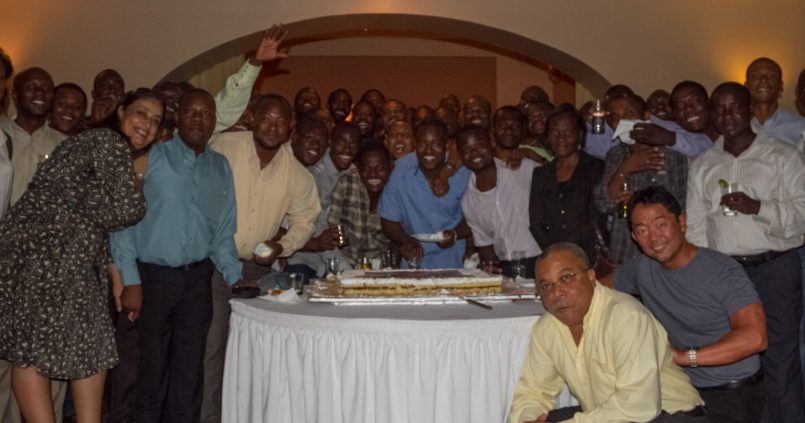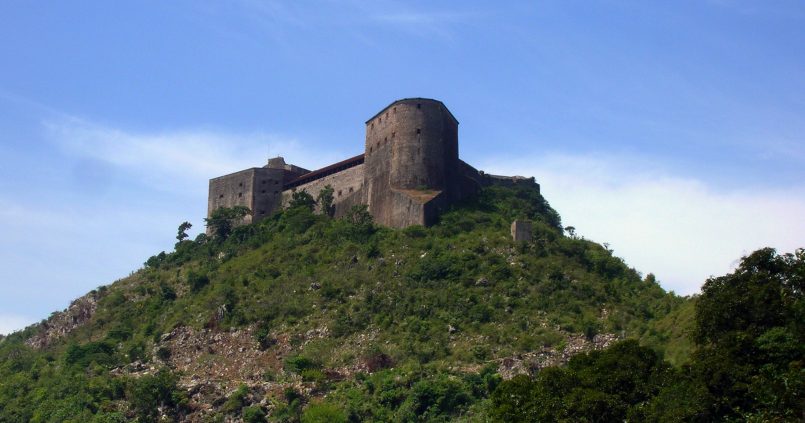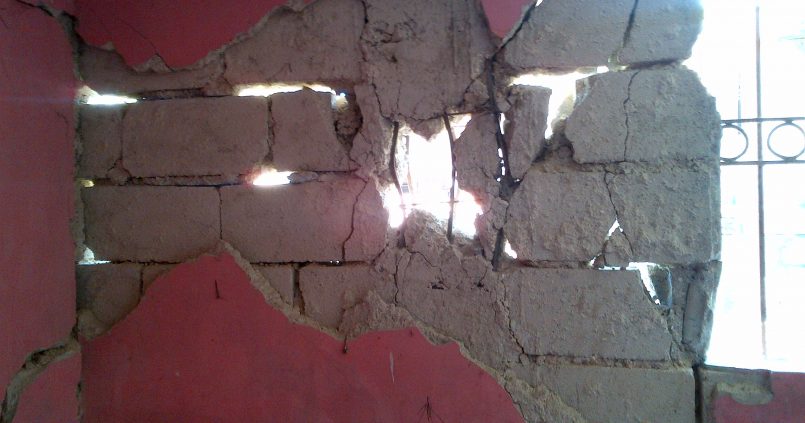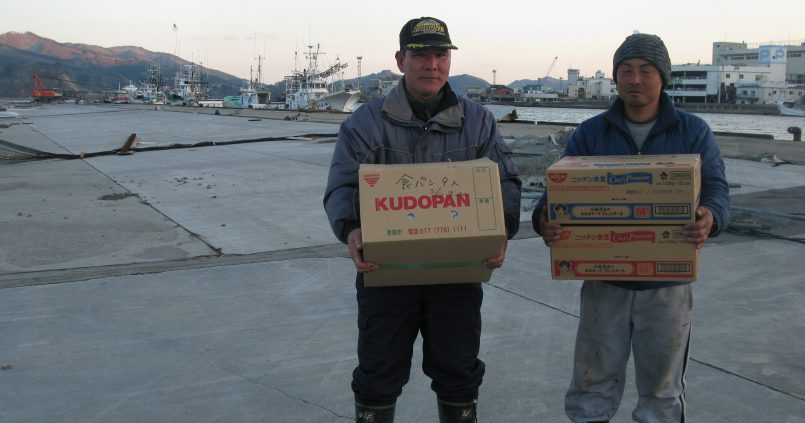This post is part of a series called Miyamoto in Haiti
Believe me, that was the hard way. But looking back, it was one of the best decisions we had ever made. We selected 16 contractors and trained them in technology and business. We specified materials from local suppliers—Haitian-made. Contractors hired masons from the pool that we had trained. These folks eventually repaired an average yellow-tagged house in four days using a four-person team, which was overseen by an MTPTC engineer as per international standards. It cost about $2,000 per house total, which was less expensive than the infamous T-Shelters,…
Continue Reading
Posted in Case Studies, Haiti
This post is part of a series called Miyamoto in Haiti
The team of engineers assessed each house and marked it with a green, yellow or red tag. Teams also recorded detailed structural and social information using PDAs. We not only performed engineering tasks, but we also became counselors and social workers. People were beginning to return home to safe, green-tagged houses. The temporary camp population had decreased to 700,000 in late 2010. We figured that the amount of debris that existed in the country, based on the database that we had developed, was 8.9 million cubic meters (314 million…
This post is part of a series called Miyamoto in Haiti
I just finished giving a speech at the Kinam Hotel in Port-au-Prince, Haiti. The applause afterward left me with a good, warm feeling. I’d spoken to more than 100 attendees, including MTPTC (the Haitian Public Works Ministry) engineers, ministry directors, nongovernmental organization (NGO) partners and the media. This event was to celebrate the achievements of the MTPTC engineers since the 2010 earthquake.
I have had probably more than 50 speaking engagements each year for the last several years, for many different types of audiences, and giving speeches has become…
This post is part of a series called Miyamoto in Haiti
CAP-HAÏTIEN, Haiti–The shadow of a massive fortress appeared in the jungle at an elevation of 3,000 feet. It was the most amazing thing I had ever seen. Mr. Jolibois, director of ISPAN, a government agency that oversees heritage buildings in Haiti, was driving his ATV on the 200-year-old cobblestone trail that led up to the Citadel. The trail was filled with steep twists and turns and bumps. Antoine, ISPAN staff member, and I were in the back of the ATV, hanging on for dear life. I had better not…
This post is part of a series called Miyamoto in Haiti
Inside a Heavily Damaged Building in Haiti
October 12, 2012
Mark Broughton and I entered a large, three-story, red-tagged concrete apartment building. A red tag means no entry is allowed. The structure had been damaged heavily by the 2010 earthquake and was considered too dangerous to enter. The Pan American Development Foundation (PADF) had asked us to investigate this building in Delmas 32 in Haiti as part of our ongoing housing assessments.
We’ve performed a lot of activities in the past two and a half years here. We assessed…
This post is part of a series called The 2011 Tōhoku Earthquake
SENDAI, Japan–As I drive into the town of Rikuzen-Takata, a scene similar to a nuclear holocaust comes into focus. The town was flattened by the velocity of the tsunami, and only a few concrete structures can be seen in the distance. The field is full of wood debris about 5 feet high. As I walk up to the large canal in the middle of town, which is about 200 meters wide, I cannot believe what I see. A large steel bridge that went over the canal has been…
